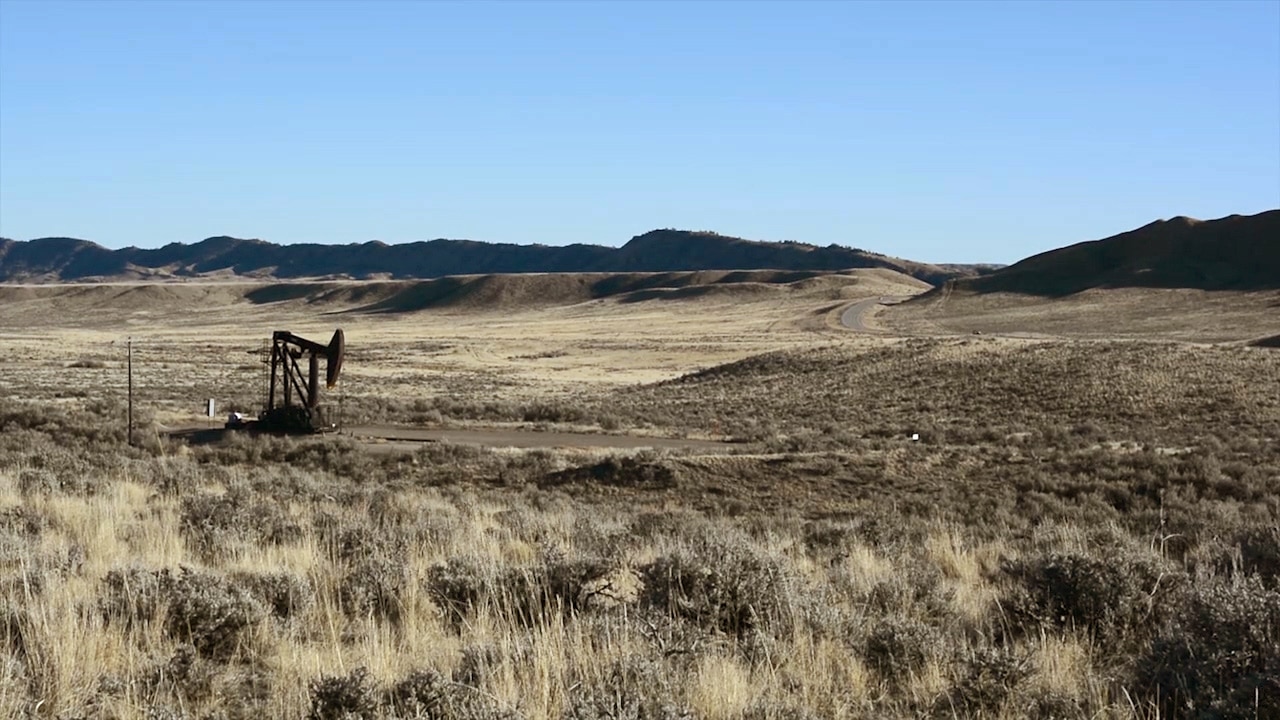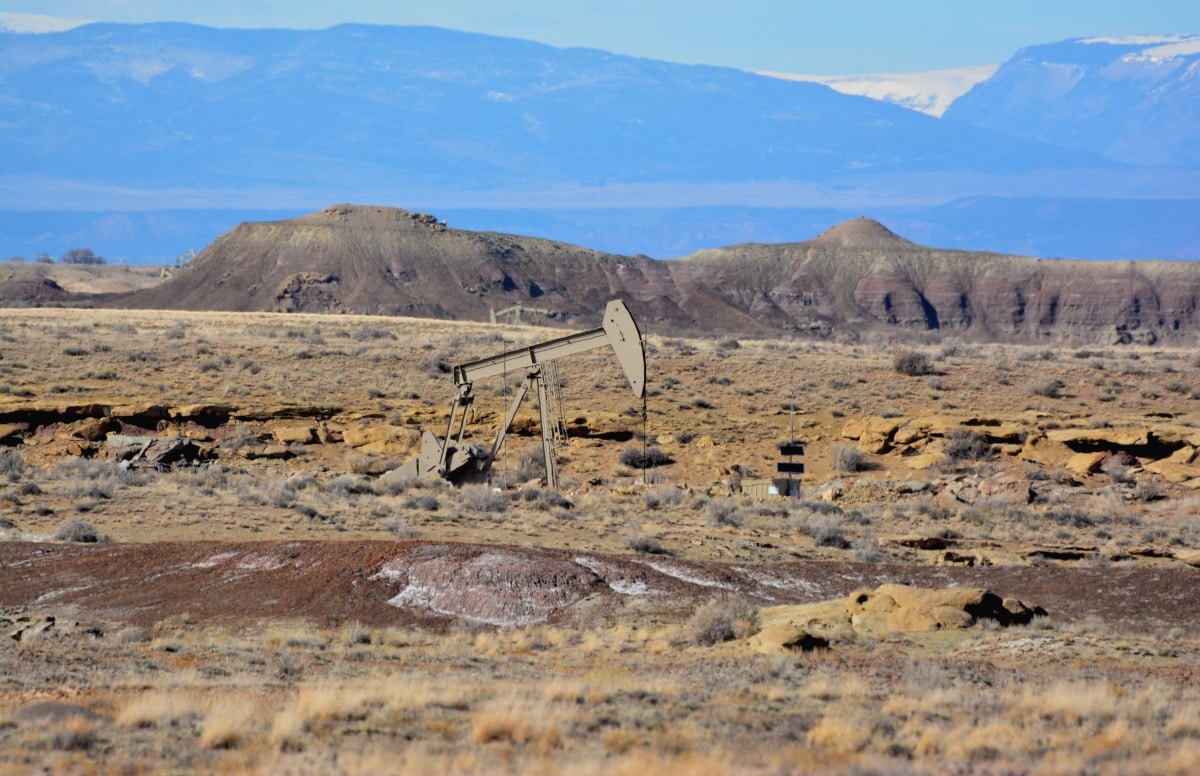On March 27, 2024, the Bureau of Land Management (BLM), an agency of the Department of the Interior, released the final “Waste Prevention, Production Subject to Royalties, and Resource Conservation” rule to address wasted natural gas from oil and gas development on federal lands. Methane is the largest component of unprocessed natural gas and is a potent greenhouse gas contributing to climate change. This final rule will replace a 40-year-old rule that has allowed oil and gas operators to vent and flare natural gas on federal lands largely royalty-free.
The final rule consists of these main components:
- Prevent Unreasonable Waste: The general rule that oil and gas operators “must use all reasonable precautions to prevent the waste of oil or gas” from federal leases. BLM has the authority to impose additional measures in the future to account for technological advances and changes in industry practice.
- Waste Minimization Plan or Self-Certification to Use 100% of Gas: The requirement that when submitting their application for permit to drill (APD), operators must submit a waste minimization plan (WMP), or a self-certified statement attesting that 100 percent of gas produced during oil well drilling and production process will be captured and sold unless the gas is lost in an emergency – which is different from operators who chose to submit a WMP, who have other exceptions for “unavoidably lost” gas. The self-certification statement option was not available in the proposed rule. The final rule also significantly reduces the required information included in WMPs. BLM has the authority to delay or deny the issuance of APDs if BLM determines that the WMPs or self-certification statements are insufficient to prevent waste of publicly owned resources.
- Determining Royalty-Free “Unavoidably Lost” Gas: Lost oil or gas is deemed “unavoidably lost” when an operator “has taken reasonable steps to avoid waste; the operator has complied fully with applicable laws, lease terms, regulations, provisions of a previously approved operating plan, and other written orders of the BLM; and the loss is within the applicable time or volume limits.” The final rule provides several circumstances in which oil and gas operators can demonstrate that they’ve taken reasonable steps to avoid wasting gas but may be experiencing an emergency or other situations that have led to flaring or venting, including, but not limited to, loss of well control while drilling, completion and recompletion, subsequent well testing, emergencies, and facility and pipeline maintenance. In an emergency, operators may flare gas royalty free for no longer than 48 hours during a situation in which the loss of gas is necessary to avoid a danger to human health, safety, or the environment. The final rule also establishes a volumetric threshold based on the amount of oil production on royalty-free flaring due to pipeline capacity constraints, midstream processing failures, or other circumstances that may prevent produced gas from being transported to market. The flaring threshold starts at 0.08 Mcf per barrel (Mcf/bbl) of oil produced in the first year the rule goes into effect, then 0.07 Mcf/bbl in the second year, 0.06MCF/bbl in the third year, and 0.05 Mcf/bbl thereafter. The BLM states that, based on 2019 production data, this threshold is comparable to the 1050Mcf per lease flaring threshold included in the proposed rule.
- Leak Detection and Repair: The final rule also establishes requirements that oil and gas companies must meet to further avoid wasting of oil and gas resources, including the development of a “leak detection and repair” program that provides regular inspection of the entire suite of equipment being used at a production site and prompt maintenance, repair, or replacement of equipment where problems are discovered.
The final rule requires operators to report all vented and flared volumes—both avoidable and unavoidable losses—and maintain detailed records of these events—including the date and time, location, reason, and post-flaring status—beginning 3 months after the effective date of the rule. These records will be used by BLM to conduct audits and investigate operators who report excessive avoidable or unavoidable losses. The final rule also removed a section in the proposed rule that would allow states and tribes to request for variances from BLM requirements. Removing this section providesand will not preempt more stringent requirements under state or Tribal law. In the final rule, BLM recognizes that the Environmental Protect Agency (EPA) has also finalized regulations regarding methane and other emissions from oil and gas production operations (40 CFR part 60 subpart OOOOb and OOOOc) but emphasizes that BLM’s focus is to reduce waste from federal and tribal lands and ensure proper royalty payment of publicly-owned resources while EPA’s requirements are focused on reducing greenhouse gas emissions.
TCS estimates that, in the ten-year period from FY2012 to FY2021, oil and gas operators reported venting, flaring, or losing 300 billion cubic feet (bcf) of natural gas from leases on federal lands, which had an estimated value of $949 million. Much of this gas was lost without incurring a royalty, costing taxpayers at least $76 million in potential royalty revenue over the past decade, although the actual lost revenue is likely much higher as reported gas volumes are self-reported and often unverified. The BLM estimates that the final rule would generate $51 million additional royalty revenue per year for gas that is flared above the royalty-free volume. And the benefits to society from reduced greenhouse gas emissions would be worth $17.9 million per year.
The final rulemaking takes an important step towards preventing the waste of valuable, taxpayer-owned natural gas and ensuring taxpayers a fair return from its production.










